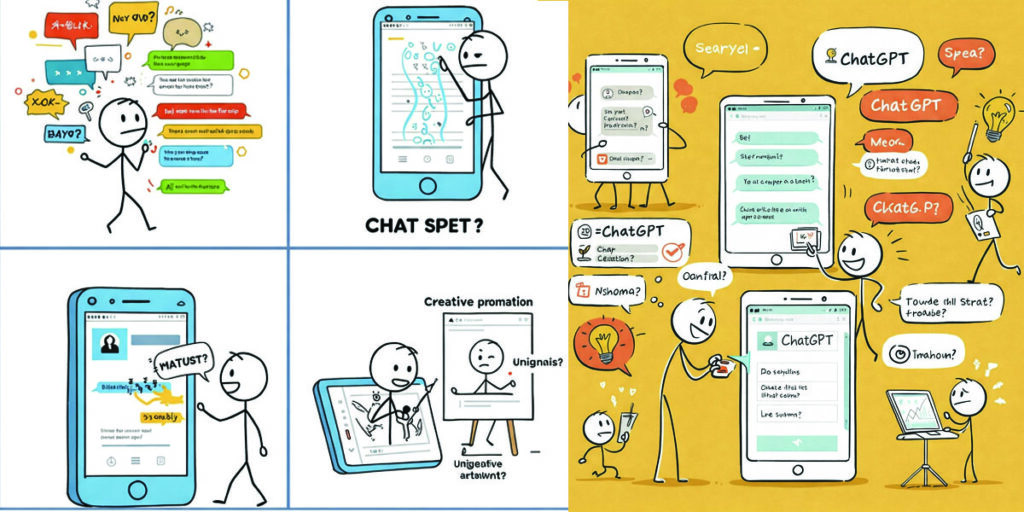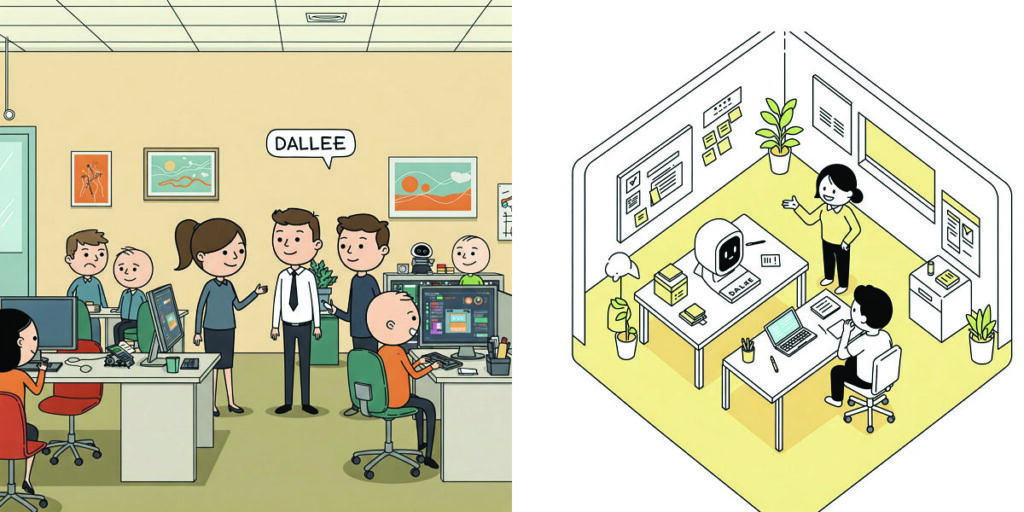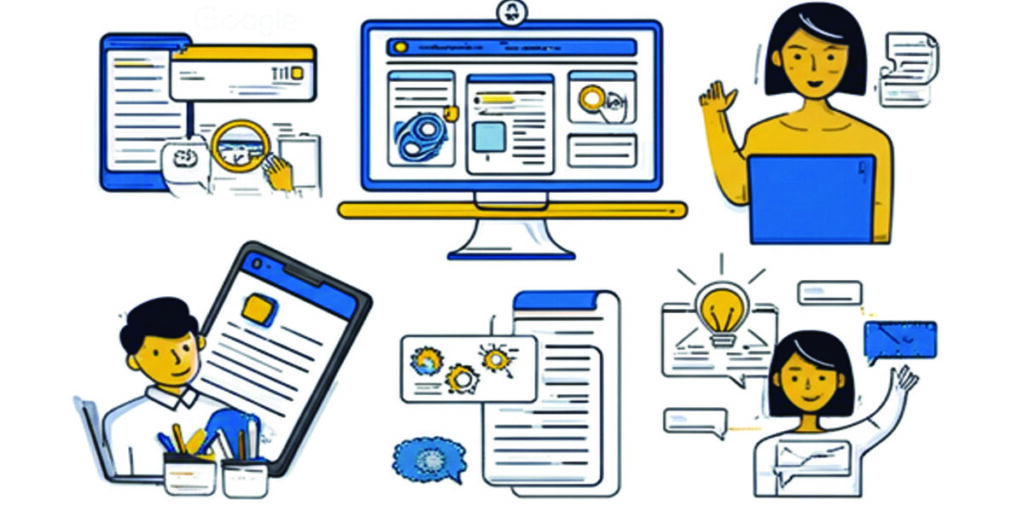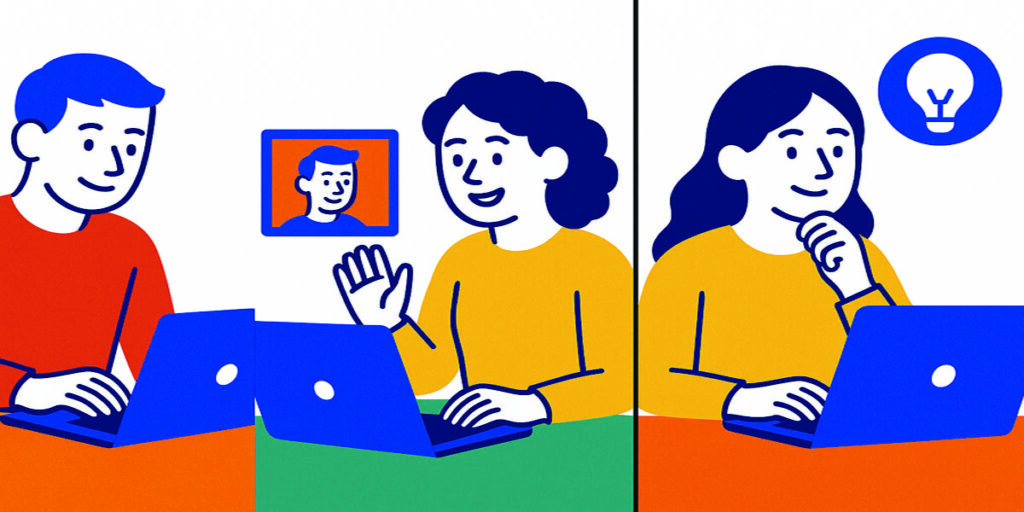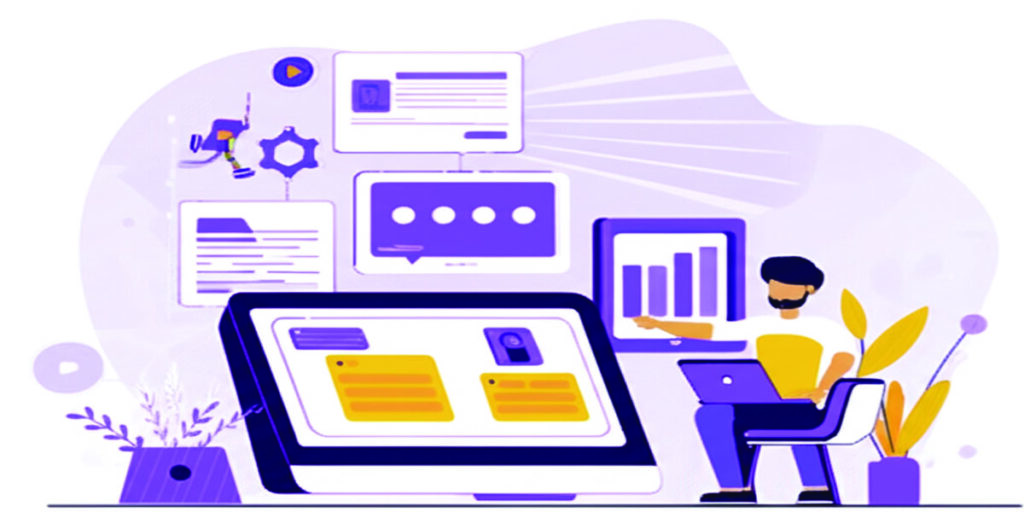Open-source library for natural language processing using pre-trained models.
The field of Natural Language Processing (NLP) has undergone a dramatic transformation in the last decade. Fueled by advancements in deep learning and the advent of large-scale pre-trained language models, NLP has moved from a domain of intricate feature engineering and task-specific architectures to one where powerful, general-purpose models can be fine-tuned for a wide array of applications. At the heart of this revolution lies the Hugging Face Transformers library, an open-source powerhouse that has democratized access to these cutting-edge models and fundamentally reshaped the landscape of NLP research and development.
This article delves into the history of pre-trained language models, the emergence and impact of the Hugging Face Transformers library on the economic market, and the vibrant networking ecosystem that has grown around it. We will explore how this library has lowered the barrier to entry for NLP, fostered innovation, and created new economic opportunities across various industries.
The Pre-Transformer Era: A Landscape of Feature Engineering and Task-Specific Models
Before the rise of Transformers, NLP was characterized by a reliance on intricate feature engineering and the development of task-specific models. Techniques like Bag-of-Words, TF-IDF, and word embeddings like Word2Vec and GloVe were crucial for representing text data in a format that machine learning algorithms could understand. Researchers and practitioners spent significant time and effort crafting these features, often requiring deep domain expertise.
Model architectures were also largely tailored to specific NLP tasks. Recurrent Neural Networks (RNNs), particularly LSTMs and GRUs, became the workhorses for sequential tasks like machine translation and text generation. Convolutional Neural Networks (CNNs) found success in tasks like text classification. Training these models often required substantial task-specific data and computational resources.
While these methods achieved notable progress, they suffered from several limitations:
- Limited Contextual Understanding: Traditional word embeddings often represented each word with a fixed vector, failing to capture the nuanced meaning of words based on their surrounding context. The word “bank,” for instance, would have the same representation whether it referred to a financial institution or the side of a river.
- Task-Specific Development: Building high-performing models for each new NLP task required significant effort in data collection, model architecture design, and training. Knowledge learned from one task often did not readily transfer to another.
- High Barrier to Entry: The complexity of feature engineering and model development required specialized expertise, limiting the accessibility of advanced NLP techniques to a smaller group of researchers and engineers.
- Computational Cost: Training complex RNNs and CNNs on large datasets was computationally expensive and time-consuming, often requiring access to specialized hardware.
The Transformer Revolution: A Paradigm Shift in NLP
The publication of the “Attention is All You Need” paper by Vaswani et al. in 2017 marked a watershed moment in NLP. This paper introduced the Transformer architecture, a novel neural network based entirely on the attention mechanism. Unlike RNNs, which processed sequential data step-by-step, Transformers could process the entire input sequence in parallel, allowing them to capture long-range dependencies more effectively and enabling significant speedups in training.
The key innovation of the Transformer was the self-attention mechanism, which allows the model to weigh the importance of different words in the input sequence when processing a particular word. This enables the model to understand the contextual relationships between words in a much more sophisticated way.
Following the introduction of the Transformer, a new generation of large-scale pre-trained language models (PLMs) emerged. These models, trained on massive amounts of text data (often terabytes of text scraped from the internet), learned rich and general-purpose representations of language. Some of the most influential early PLMs included:
- BERT (Bidirectional Encoder Representations from Transformers): Introduced by Google in 2018, BERT utilized a masked language modeling objective and next sentence prediction during pre-training, enabling it to learn deep bidirectional representations.
- GPT (Generative Pre-trained Transformer) series: Developed by OpenAI, starting with GPT-1 in 2018, these models focused on generative pre-training objectives, excelling at text generation tasks.
- RoBERTa (A Robustly Optimized BERT Pretraining Approach): An improved version of BERT by Facebook AI, RoBERTa demonstrated the importance of pre-training data size and training procedures.
These PLMs exhibited remarkable capabilities in understanding and generating human language, often achieving state-of-the-art results on a wide range of downstream NLP tasks after being fine-tuned on smaller task-specific datasets. This pre-train and fine-tune paradigm revolutionized NLP, significantly reducing the need for extensive task-specific data and feature engineering.
The Genesis of Hugging Face Transformers: Bridging the Gap
While the emergence of PLMs was a significant breakthrough, accessing and utilizing these models was not always straightforward. Different research labs and organizations released their models with varying APIs, data formats, and implementation details. This fragmented landscape created a barrier for researchers and practitioners who wanted to leverage the power of these models in their own work.
In this context, Hugging Face, a company initially known for its chatbot application, recognized the need for a unified and user-friendly library for working with pre-trained language models. They embarked on the development of what would become the Transformers library.
The core vision behind the Transformers library was to:
- Provide a single, consistent interface for accessing and using a wide variety of pre-trained models from different research groups.
- Offer pre-trained weights and configurations for these models, making them readily available for download and use.
- Simplify the fine-tuning process by providing tools and examples for adapting these models to specific downstream tasks.
- Foster an open and collaborative community around pre-trained language models.
The initial release of the Transformers library in 2019 quickly gained traction within the NLP community. Its intuitive API, comprehensive documentation, and support for a growing number of models made it significantly easier for researchers and practitioners to experiment with and apply state-of-the-art NLP techniques.
The Economic Market Impact of Hugging Face Transformers
The Hugging Face Transformers library has had a profound impact on the economic market for NLP technologies, fostering innovation, reducing development costs, and creating new business opportunities.
1. Lowering the Barrier to Entry and Democratizing NLP:
- Reduced Development Costs: By providing access to pre-trained models, the Transformers library significantly reduces the need for organizations to train large language models from scratch, which can be incredibly expensive in terms of computational resources and engineering effort. This lowering of the barrier to entry allows smaller companies and startups to leverage advanced NLP capabilities without massive upfront investments.
- Faster Prototyping and Deployment: The ease of use and the availability of pre-trained models enable developers to quickly prototype and deploy NLP solutions for various applications, accelerating the time-to-market for new products and services.
- Wider Adoption of NLP: By making advanced NLP accessible to a broader audience, the Transformers library has facilitated the integration of NLP into a wider range of industries and applications, driving the overall growth of the NLP market.
2. Fueling Innovation and Research:
- Standardized Platform for Research: The Transformers library provides a standardized platform for NLP research, allowing researchers to easily compare and build upon existing models. This has accelerated the pace of innovation in the field.
- Community-Driven Development: The open-source nature of the library fosters collaboration among researchers and developers worldwide, leading to rapid improvements, the addition of new models, and the development of innovative tools and techniques.
- Facilitating Transfer Learning: The library makes it easy to leverage the power of transfer learning, where knowledge learned from pre-training on massive datasets can be effectively transferred to downstream tasks with limited data. This has been crucial for tackling NLP challenges in domains with scarce labeled data.
3. Creating New Economic Opportunities:
- Growth of NLP-Powered Applications: The accessibility provided by the Transformers library has fueled the development of a wide range of NLP-powered applications across various industries, including:
- Customer Service: Chatbots, virtual assistants, sentiment analysis for customer feedback.
- Content Creation: Automated content generation, summarization, translation.
- Healthcare: Medical text analysis, drug discovery, patient data processing.
- Finance: Fraud detection, risk assessment, news analysis.
- Marketing and Sales: Personalized recommendations, targeted advertising, market research.
- Emergence of Specialized NLP Services: The increasing adoption of NLP has led to the growth of companies offering specialized NLP services, such as model fine-tuning, deployment, and consulting, often leveraging the Hugging Face ecosystem.
- Demand for NLP Expertise: The widespread use of pre-trained models has created a growing demand for professionals with expertise in NLP, machine learning, and the Hugging Face ecosystem, leading to new job opportunities.
4. The Economic Value of the Hugging Face Hub:
A crucial component of the Hugging Face ecosystem is the Hugging Face Hub, a central platform for sharing and discovering pre-trained models, datasets, and evaluation metrics. This platform acts as a marketplace for NLP resources, further accelerating innovation and collaboration.
- Model Sharing and Reuse: Researchers and organizations can easily share their fine-tuned models and contribute to the collective knowledge base, allowing others to build upon their work and avoid redundant efforts.
- Dataset Accessibility: The Hub provides access to a vast collection of publicly available datasets, facilitating the development and evaluation of NLP models for various tasks and domains.
- Community Building: The Hub fosters a strong sense of community among NLP practitioners, enabling them to connect, share ideas, and collaborate on projects.
The economic value of the Hub lies in its ability to streamline the NLP development process, reduce search costs for resources, and foster a collaborative environment that drives innovation and efficiency within the industry.
The Networking Ecosystem Around Hugging Face Transformers
The success and impact of the Hugging Face Transformers library are inextricably linked to the vibrant and active networking ecosystem that has grown around it. This ecosystem comprises researchers, developers, practitioners, educators, and enthusiasts who contribute to the library, share knowledge, and collaborate on projects.
1. Open-Source Community Contributions:
- Code Contributions: A large and active community of developers contributes code to the Transformers library, adding support for new models, improving existing functionalities, fixing bugs, and enhancing performance.
- Model Contributions: Researchers and organizations contribute their pre-trained and fine-tuned models to the Hugging Face Hub, expanding the range of available resources for the community.
- Documentation and Tutorials: Community members actively contribute to the library’s extensive documentation, creating tutorials, examples, and guides that help new users get started and master advanced features.
2. Online Forums and Social Media:
- Hugging Face Forums: The official Hugging Face forums provide a platform for users to ask questions, share ideas, discuss challenges, and collaborate on projects.
- Social Media Platforms: Platforms like Twitter, LinkedIn, and Reddit serve as important channels for the NLP community to share news, discuss research papers, and connect with other practitioners. The #HuggingFace hashtag is a central point for these discussions.
3. Conferences and Workshops:
- NLP Conferences: Major NLP conferences like NeurIPS, ICML, ACL, and EMNLP often feature workshops and tutorials focused on using the Hugging Face Transformers library for various research and application areas.
- Hugging Face Events: Hugging Face organizes its own events, such as community meetups and webinars, to foster connections within the ecosystem and showcase new developments.
4. Educational Initiatives:
- Online Courses and Tutorials: Numerous online platforms and educators offer courses and tutorials that teach how to use the Hugging Face Transformers library for NLP tasks.
- University Integration: The library is increasingly being integrated into university curricula for NLP and machine learning courses, training the next generation of NLP professionals.
5. Industry Partnerships and Integrations:
- Cloud Provider Integrations: Hugging Face has partnered with major cloud providers like AWS, Google Cloud, and Microsoft Azure to offer seamless integration of the Transformers library and the Hub with their cloud services.
- Integration with Other Libraries: The Transformers library is designed to be interoperable with other popular machine learning libraries like PyTorch, TensorFlow, and scikit-learn, facilitating its integration into existing workflows.
This vibrant networking ecosystem plays a crucial role in the continued growth and success of the Hugging Face Transformers library. It fosters collaboration, accelerates knowledge sharing, and ensures that the library remains at the forefront of NLP innovation.
The Future of Hugging Face Transformers and the NLP Landscape
The Hugging Face Transformers library is poised to play an even more significant role in the future of NLP. As pre-trained language models continue to grow in size and capability, the library will likely evolve to support these advancements and provide even more powerful tools for NLP research and application development.
Some potential future trends and developments include:
- Support for Multimodal Models: Expanding beyond text to support models that process and understand multiple modalities, such as images, audio, and video.
- Improved Efficiency and Accessibility: Developing techniques for model compression, quantization, and distributed training to make large language models more efficient and accessible on a wider range of hardware.
- Enhanced Interpretability and Explainability: Integrating tools and techniques that allow users to better understand how these complex models make predictions.
- Focus on Responsible AI: Incorporating features and guidelines to promote the ethical and responsible use of large language models, addressing issues like bias and fairness.
- Deeper Integration with the Hugging Face Hub: Further developing the Hub as a central platform for collaboration, resource sharing, and community engagement.
In conclusion, the Hugging Face Transformers library has been a transformative force in the field of Natural Language Processing. By democratizing access to pre-trained language models, fostering innovation, and building a vibrant networking ecosystem, it has lowered the barrier to entry, accelerated the development of NLP applications, and created new economic opportunities. As NLP continues to evolve, the Hugging Face Transformers library will undoubtedly remain a crucial tool for researchers, developers, and organizations looking to harness the power of language understanding and generation. Its open-source nature and strong community ensure its continued growth and adaptation to the ever-changing landscape of artificial intelligence.

